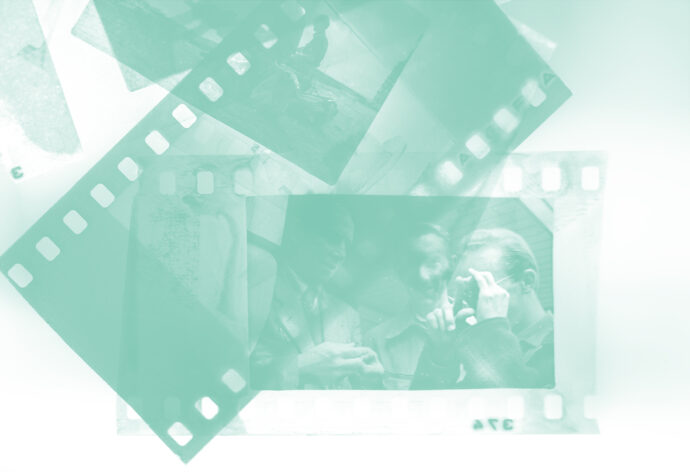I love using the XEQUALS platform as a normal part of my workflow. In fact, if I have to re-install Adobe Lightroom for any reason, the installation feels naked until I have the XEQUALS presets restored to my presets folder!
I use a variety of modules depending upon the mood of the photo, but by far my two favorites are Kodachrome (I helped with the development of the ASA 10 variants) and the Kodak T-Max 100 black and white preset.
Let’s Dive In …
I chose one of my unpublished shots to demonstrate the look of the photo as I go through the steps in making the final edit. Here, we begin with the basic file. No adjustments made to it yet:

The next step is to apply some basic settings to the file;
- white balance change
- chromatic aberration removal
- lens profile correction for distortion
- any needed upright corrections.

Next the basic profile is applied. In this case, I chose the Kodak Kodachrome II ASA 25 preset, with the high contrast (HC) curve settings:

After the preset has been applied, I can evaluate all the changes I need to make to the slider adjustments to improve the appearance of the photo. At this stage, I tweak the overall contrast, add a tiny bit of vibrance (no more than +20 units), and make minor adjustments to the highlights and whites so we have areas of bright whites, but not blown out looking highlights.
… using the modular approach is amazingly beneficial to getting the look and feel of the photograph just right.
My experience as a custom printer comes into play here.
I raise the overall contrast just to the point when the smokiness is gone from the deepest shadows. I tend to think of editing a digital file akin to printing in my approach.
The next step is to crop the final composition as desired, send the file to Adobe Photoshop if any content aware fill is needed, add any vignette, and apply the final sharpening to the file (or, of course, you could just sharpen in Lightroom). I used both content aware fill and added a vignette to this photo:

Now, About Black And White …
I approach making black and white conversions the same way as color. In this instance, I made a virtual copy of the finished color file, and applied the Kodak T-Max 100 low contrast (LC) preset to it, and then re-adjusted the contrast, highlights, etc. to the virtual copy.
As a final step, I toned the black and white conversion using the Selenium 1 Toner preset. It is my opinion, after working many years as a custom black and white printer for other photographers, that a black and white conversion is not finished unless it is toned.
In the silver print days, there was never a perfectly neutral gray print. The chemical process always left some undesired tone, usually a greenish tinge from the paper developer (an effect caused by the potassium bromide restrainer).
To overcome this, and to help protect the print, I always toned my prints in either Kodak Selenium toner, or Kodak Gold toner. Here is the above file toned adding the Selenium 1 Toner preset:

These are just 2 presets out of hundreds that are available on the platform.
As you can see, using the modular approach is amazingly beneficial to getting the look and feel of the photograph just right. Being able to mix and match things like tone, grain, toning, etc. gives so much more control to the editing process.
The XEQUALS platform will forever remain in my Lightroom folder!
Photos © Maxim Muir



